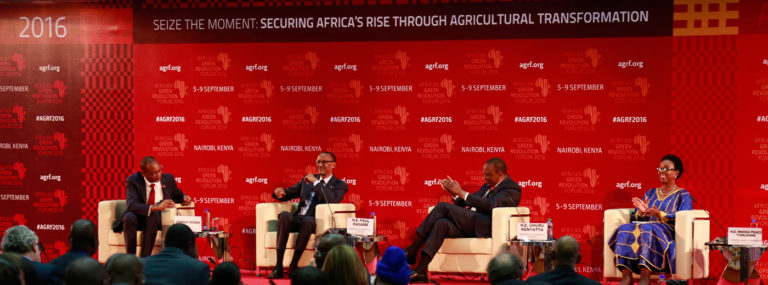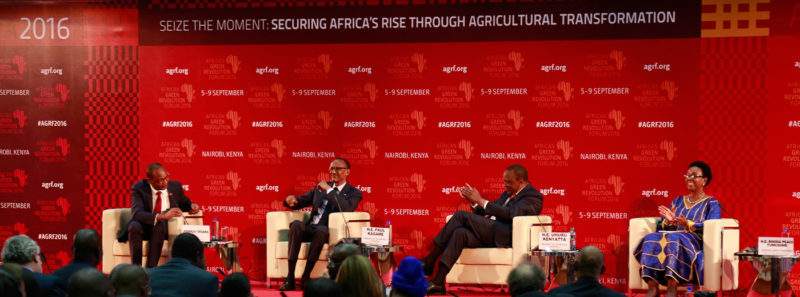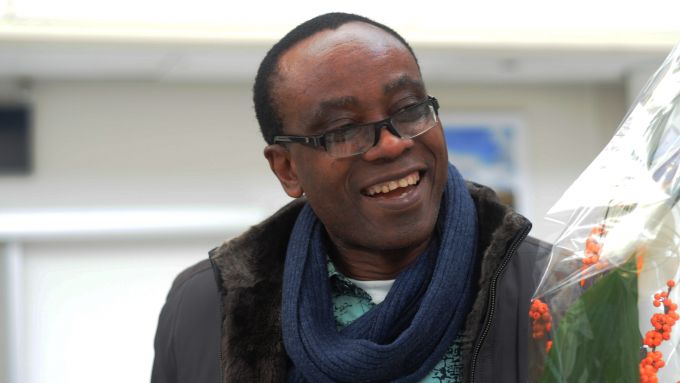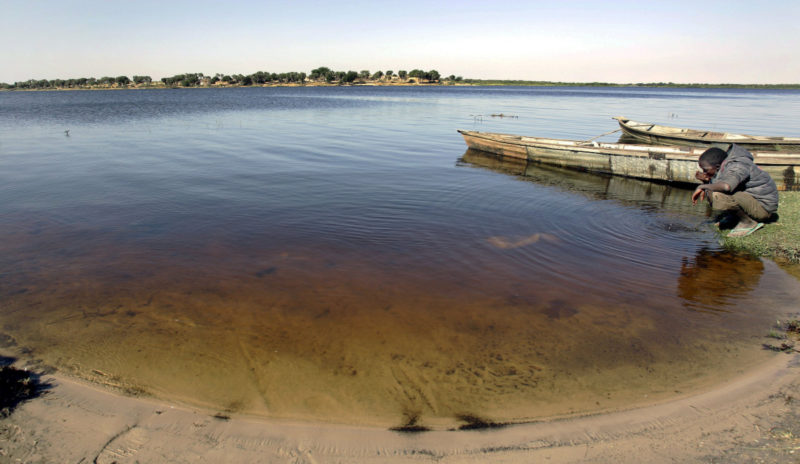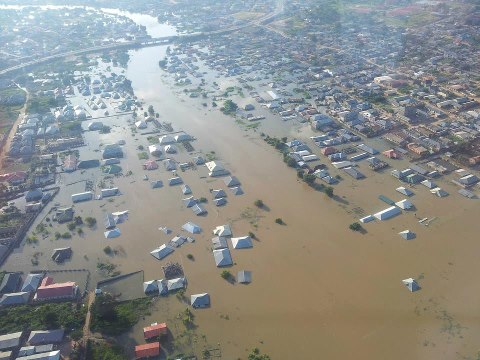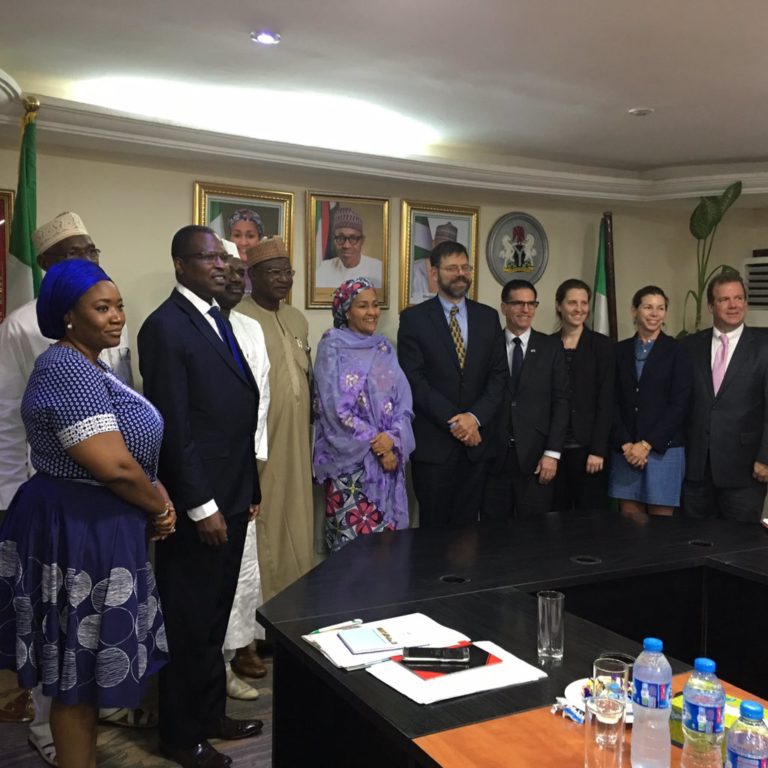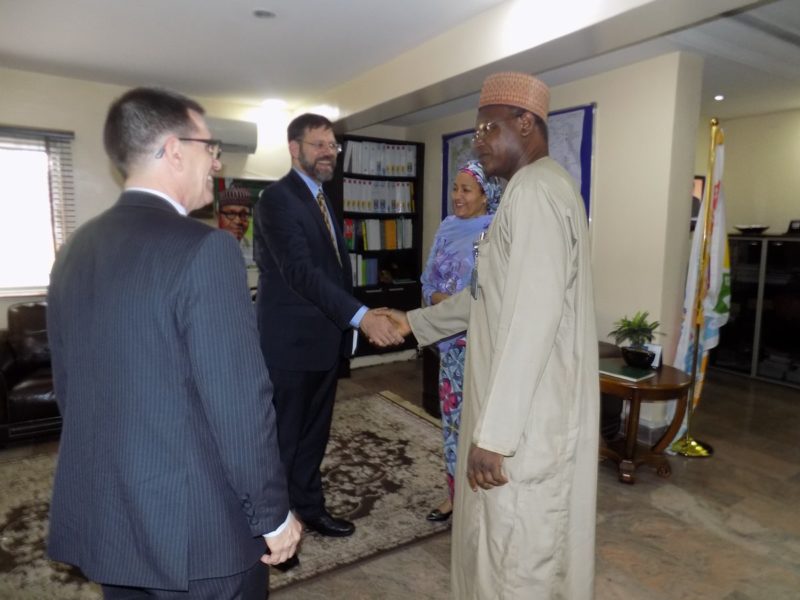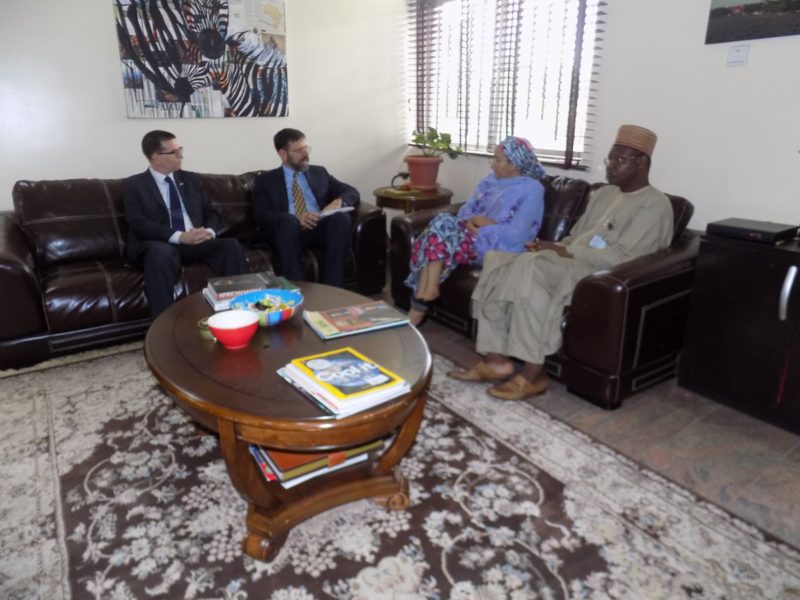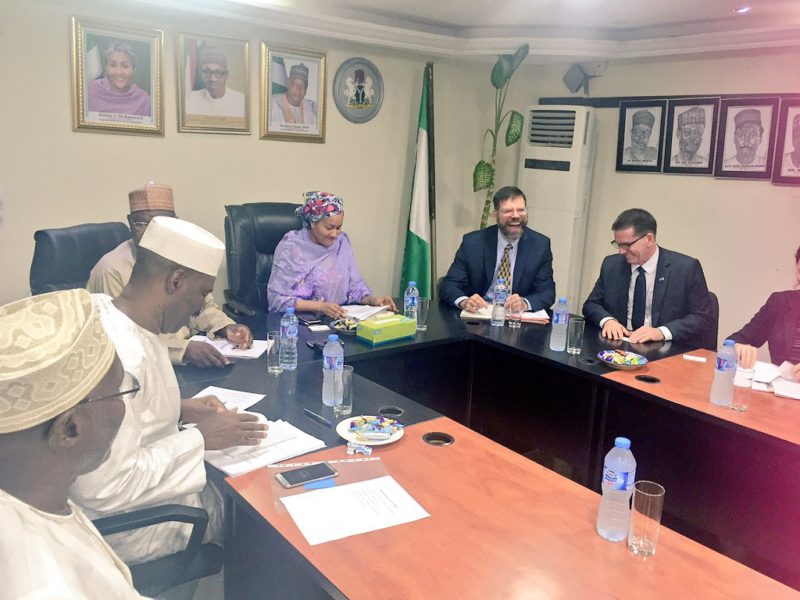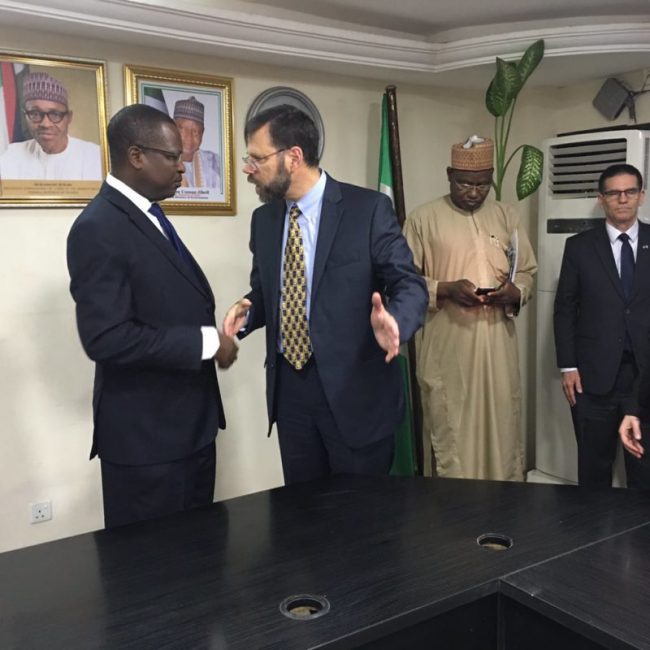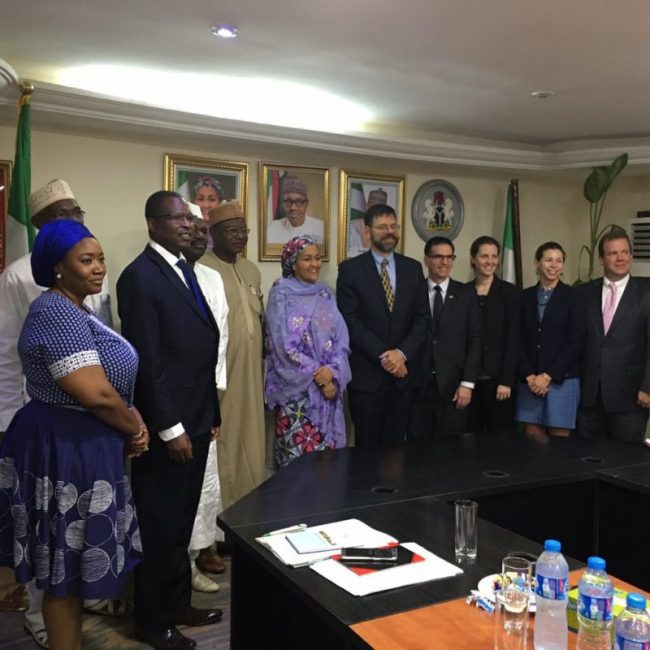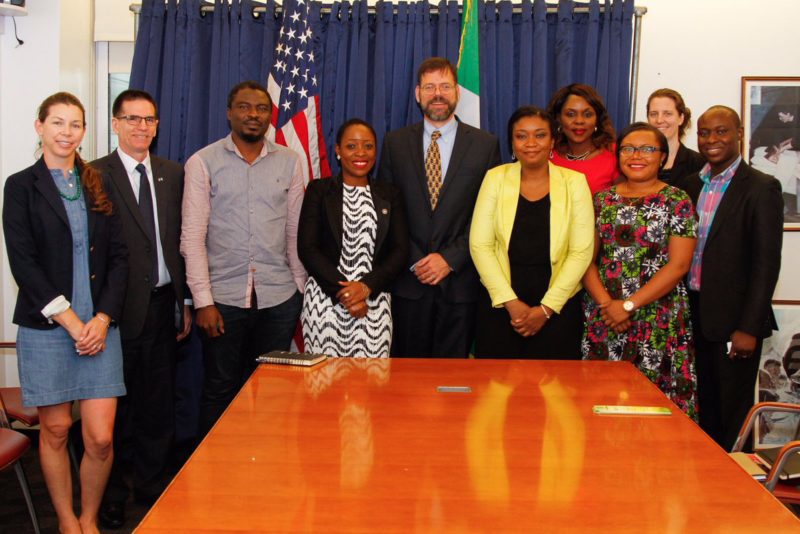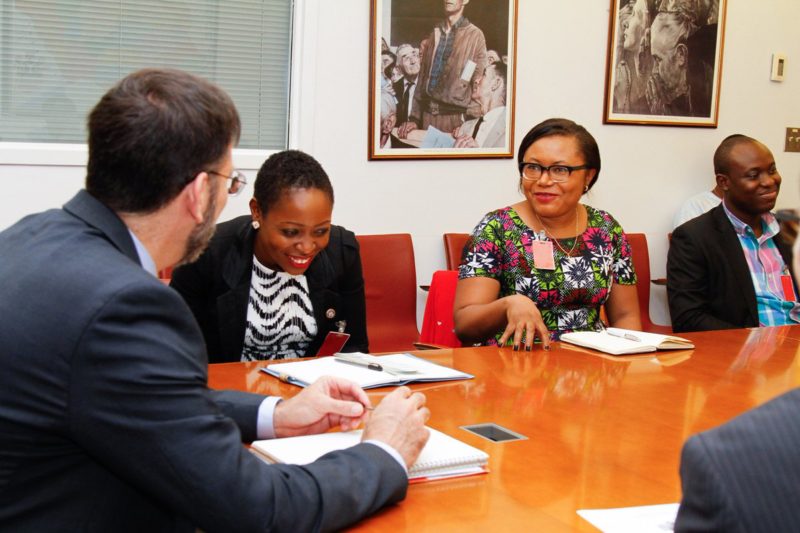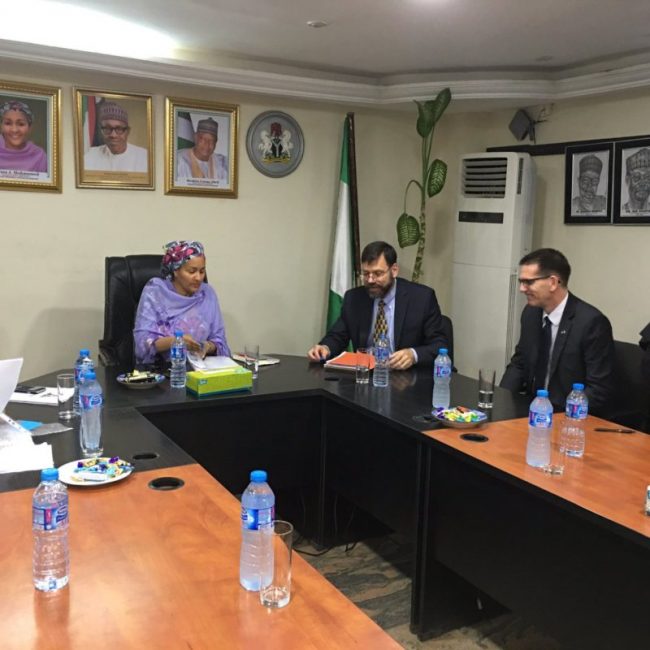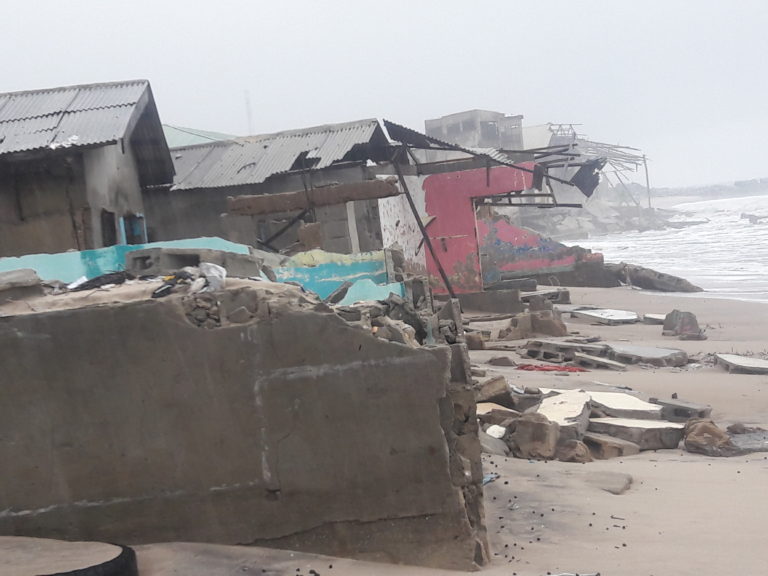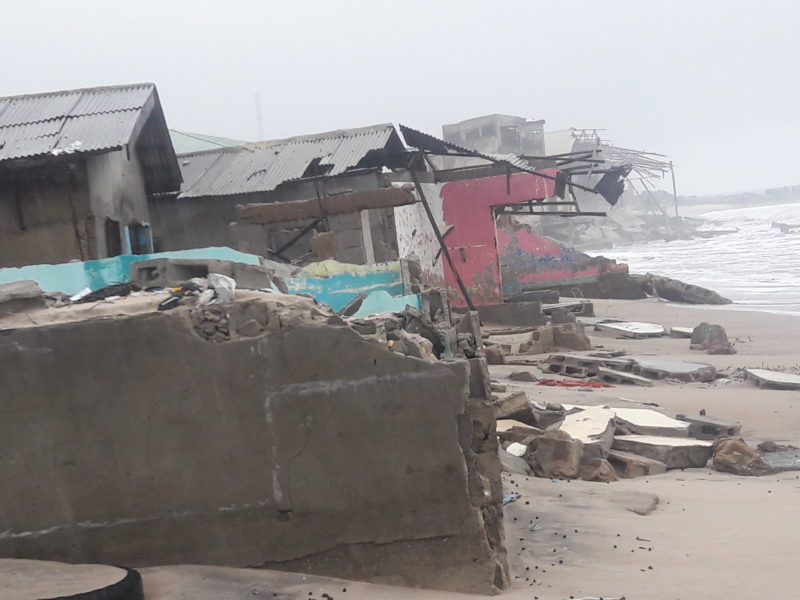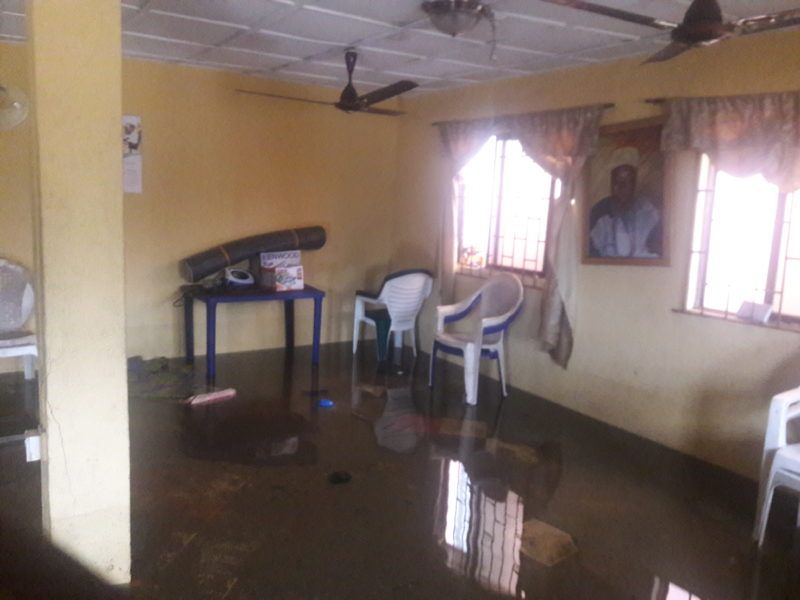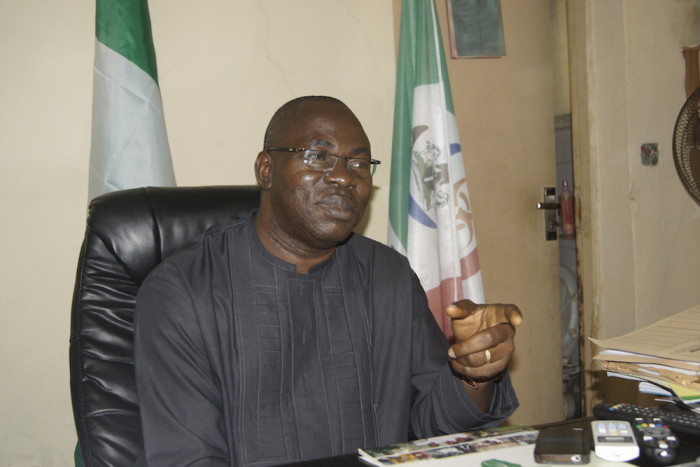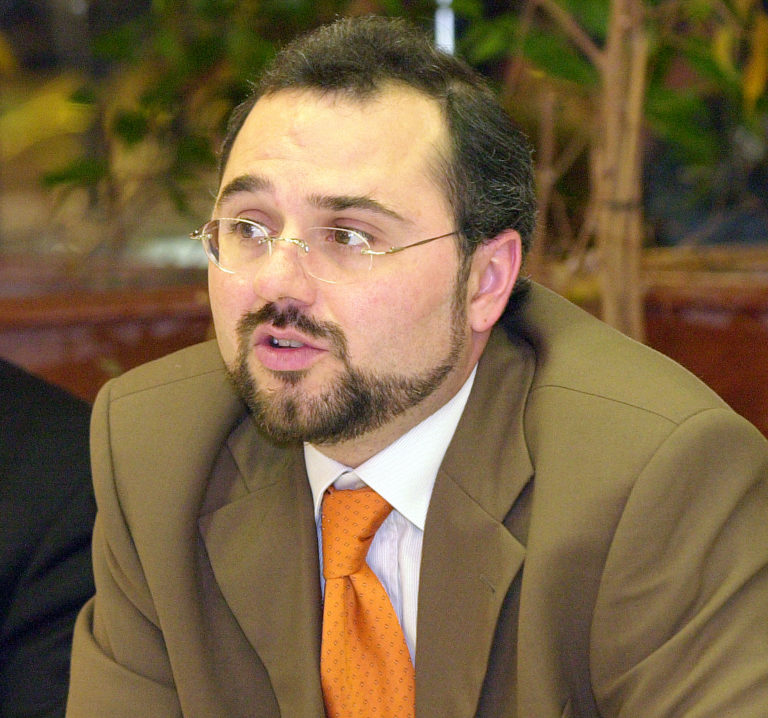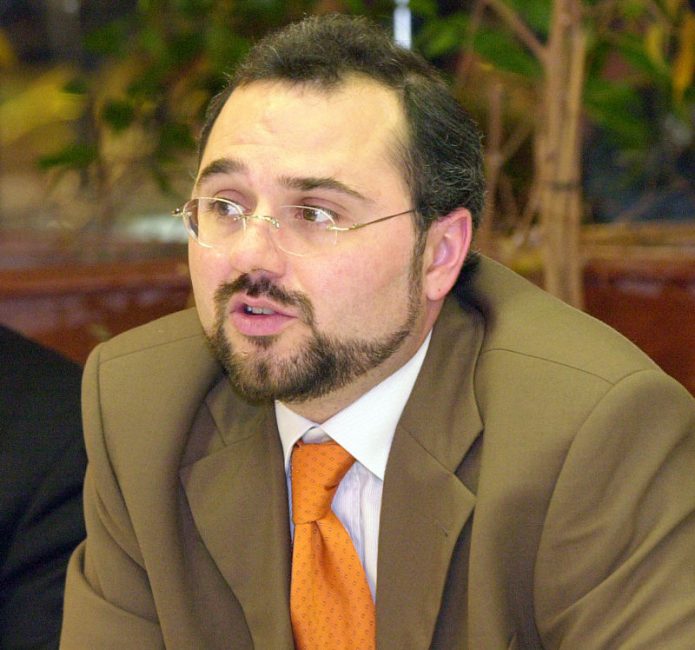The Transatlantic Consumer Dialogue (TACD), a network of 77 EU and US consumer organisations, on Thursday published a new resolution on consumer concerns about new genetic engineering techniques. Consumers have right to know when new genetic engineering techniques are used, including in their food, but companies are lobbying to exempt such products from regulation. A number of new genetic engineering techniques have been developed which were not in use when current laws on genetically modified organisms (GMOs) were drafted.
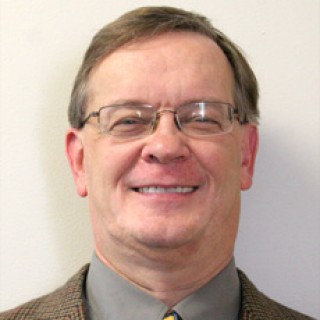
The new resolution states that risks to human health, animal welfare and the environment must be assessed before products derived from new genetic engineering techniques are placed on the market or released into the environment. Products must also be labelled in accordance with consumers’ rights to know and choose what they are buying, including what they eat.
The techniques covered by the resolution include gene editing techniques, such as CRISPR (Clustered regularly interspaced short palindromic repeats), and other new genetic engineering techniques, called New Plant Breeding Techniques (NPBT) by industry. The resolution considers application of these processes to plants and animals, including crops, trees, farm animals, fish and insects.
The resolution makes a set of recommendations to the EU and U.S. authorities for a framework that guarantees the adequate protection of EU and U.S. consumers alike.
TACD urges the EU and US governments to:
- Regulate products of new genetic engineering techniques as genetically modified organisms (GMOs);
- Strengthen regulatory systems to include mandatory pre-market human health evaluation that will screen all foods produced using new genetic engineering techniques for potential hazards;
- Develop strong systems of pre-market environmental safety evaluation and post-market monitoring;
- Fully consider the welfare of animals altered using new genetic engineering techniques prior to approval;
- Adopt mandatory labelling rules for all food produced using new genetic engineering techniques;
- Adopt and enforce strict rules for corporate liability and mandatory insurance for companies that want to release organisms altered using new genetic engineering techniques into the environment;
- Establish and maintain systems to ensure that identity-preserved supplies of non-genetically-engineered ingredients remain available.
Steve Suppan, co-chair of the TACD Food Policy Committee said: “Our resolution and technical appendix provide recommendations and a framework towards regulating the products of the new genetic engineering techniques on the basis of 21st century science. U.S. pressure on the European Commission to emulate US procedures to deregulate such products in order to promote trade is strongly opposed by TACD members.
In fact, the US should learn the lessons from the present debacle on GM crops and listen to consumers from the start and regulate and label the new GM techniques. The EU should apply existing GM laws to all products derived from so called ‘NPBT’ and gene-editing.”

